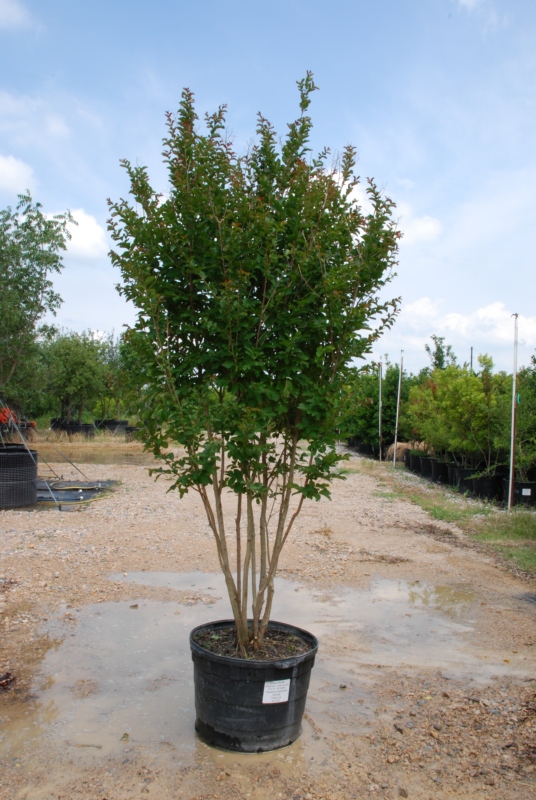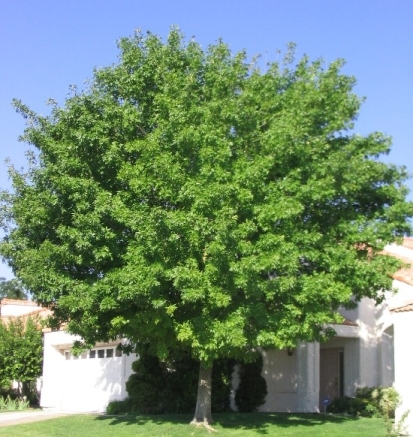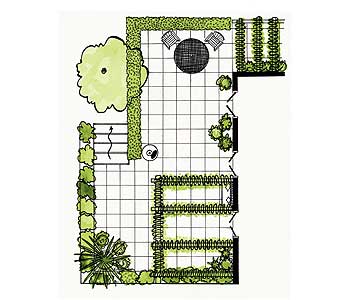NOW THAT SPRING IS HERE, IT’S TIME FOR:
Planting
- New lawns can be started this month. Sod can be planted at anytime, but wait until soil has warmed up enough to plant Bermuda seed.
- Warm season vegetables including beans, tomatoes, corn, squash, cucumbers, melons and peppers 2 weeks after last freeze. Summer vegetables, including okra, eggplant, southern peas 4 weeks after last freeze.
- Warm season annuals including begonias, impatiens, zinnias, marigolds, cosmos, celosia, 2 weeks after last freeze. Tropical annual color plants, including hibiscus, pentas, fire bush, copper plant, purslane, moss rose, purple fountain grass, caladiums, lantanas, 4 weeks after last freeze.
- Groundcovers into well prepared soil to take advantage of the burst of new spring growth.
- Herbs into flowerbeds, vegetable gardens and patio containers. Many herbs are attractive as well as edible.
- Trees and shrubs are available in profusion this month. Transport them home carefully, protecting them from highway winds, the plant them immediately. Hand water tem regularly during first summer.

Pruning
- Climbing roses, also antique roses that only bloom in spring, following flowering to remove weak growth and reshape plants.
- Spring flowering shrubs and vines to reshape immediately after they finish blooming.
- Low hanging limbs from shade trees to allow sunlight to reach grass beneath canopy.
- Tropicals, such as hibiscus, that have grown lanky over a winter indoors can be trimmed back now.
Fertilize
- All lawn grasses should be fed this month. Use high quality nitrogen or all-nitrogen plant food.
- Container gardens. Use complete-and-balanced, water-soluble fertilizer such as 20-20-20 with trace elements. Apply diluted solution with each watering.
- Roses monthly with specialty rose food.
- Use iron additive with sulfur soil acidifier to correct iron chlorosis (yellow leaves with dark green veins) Keep iron products off masonry, painted surfaces that could be stained.
On the Lookout
- Cankerworms strip new leaves from trees. Larvae will hang by very thin threads from trees. Bacillus thuringiensis biological worm spray is best control.
- Cabbage loopers with same B. T. spray or dust.
- Snails, slugs, pill bugs devour tender new stem, leaf growth, apply dust or specialty bait.
- Leaf rollers tie leaves of cannas, sweetgums, redbuds, pyracanthas, and others together. Apply systemic insecticide for ongoing protection before problems become serious.
- Thrips cause roses and other double flowers to fail to open, turn brown around petals edges. Systemic insecticide to control.
- Aphids on brand new growth of daylilies, tomatoes, roses and a host of other plants. General-purpose insecticide will eliminate.
- Fire ants. Treat with wide area baits and individual mound treatments or hire pest control professional who can apply new yearlong product.
- Fleas. Treat with broad-spectrum landscape insecticide. Apply preventive from vet to pet’s neck.
- Roses for black spot and mildew. Use labeled fungicide weekly into the summer.
- Powdery mildew on new growth of crape myrtles, zinnias, euonymus. Treat with approved fungicide or spray with soapy water.
- Maroon colored freckles on leaved of red tip photinias, Indian hawthorns suggest fungal leaf spot. Treat with approved fungicide, but be prepared to replace plants. This disease is epidemic.
- Broadleaf weed killer to eliminate existing clover, dandelions, dichondra, wild violets, and poison ivy.
Color in your landscape tip:
Warm colors (yellow, orange, hot pink, bright red, white)
advance visually in the garden, while cool colors (green, blue, purple) recede.
Use warm colors where color will be seen from a distance. Use cool colors to
make a small landscape appear larger.
Question:
Jimmie, Is it normal for this time of year to have pillbugs
around my entry to my house. I am a fairly new homeowner and this is the first
time I have seen them?? Thank you for your help. Julie L. in Prosper.
Answer: Hi
Julie, Pill bugs can generally show about just about anywhere they feel like
it. Really, the only time you should be concerned about them is when they start
feeding on your young tender stems and leaves in the area you’re seeing them.
Most plants will still outgrow them, but if you have the need to control them,
slug and snail baits available at most nursery’s does a good job. Sevin dust
works also.
Question: Jimmie,
my favorite tree has become the Japanese Maple. While I don't know much about
them I just love the texture and color of them, especially the weeping kind.
Can this tree be installed anywhere on my property with good soil preparation?
I will probably be calling your company to help us! Melissa K. in Prosper
Answer: Hi Melissa, one of my favorite trees as well.
The Japanese Maple is actually native to China but the main growers in the USA
are around the Washington, Oregon areas that supply most of the country. They
love shade and when designed or installed in the incorrect location in your
landscaping can really struggle. A dapple of morning sun and afternoon shade we
do the trick. Probably East or North side of your house preferably under the
canopy of a large anchor existing tree if you have one would be even better. Be
glad to help you out if you need it.
Until next time, happy gardening………..!!!





